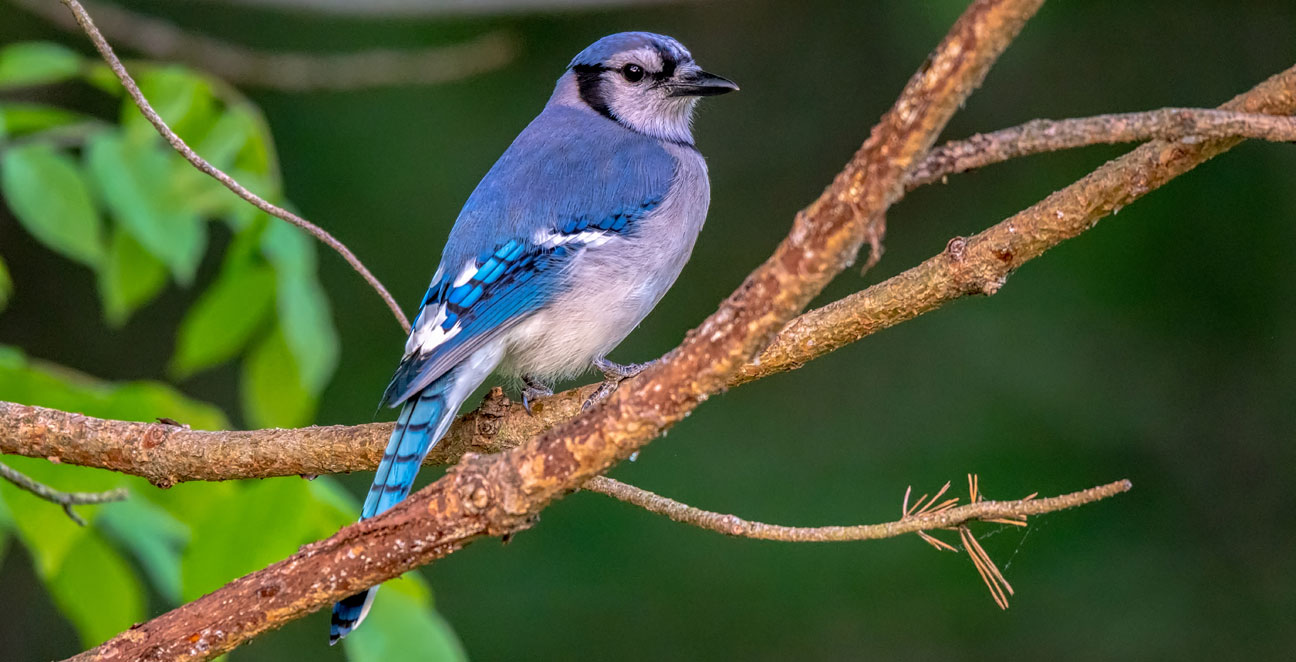
Black-capped Chickadee
Scientific Name:
Poecile atricapillus
Length:
4.7-5.9 in (12-15 cm)
Weight:
0.3-0.5 oz (9-14 g)
Wingspan:
6.3-8.3 in (16-21 cm)
Nest:
The nest is in hole in tree, typically enlargement of small natural cavity in rotten wood, sometimes old woodpecker hole or nesting box; usually 5-20' above the ground.
Eggs:
Usually 6-8, sometimes more or fewer. White, with fine dots of reddish brown often concentrated around larger end. Incubation is by female only, 12-13 days. Female covers eggs with nest material when leaving nest. Male often brings food to female during incubation.
Feeding Behavior:
They seldom remain at feeders except to grab a seed to eat elsewhere. Forages mostly by hopping among twigs and branches and gleaning food from surface, often hanging upside down to reach underside of branches. Mostly insects, seeds, and berries, a summer diet is mostly caterpillars and other insects, also some spiders, snails, and other invertebrates; also eats berries.
Young:
Female remains with young most of time at first, while male brings food; later, both parents bring food. Young leave nest at about 16 days. Normally 1 brood per year.
Range:
Chickadees may be found in any habitat that has trees or woody shrubs, from forests and woodlots to residential neighborhoods and parks, and sometimes weedy fields and cattail marshes. They frequently nest in birch or alder trees. Primarily a permanent resident, but occasionally migrates in fall, with large numbers seen flying southward.
Brief Description:
A short neck and large head, giving it a distinctive, rather spherical body shape, and smaller than a sparrow. It also has a long, narrow tail and a short bill a bit thicker than a warbler’s but thinner than a finch’s. The cap and bib are black, the cheeks white, the back soft gray, the wing feathers gray edged with white, and the underparts soft buffy on the sides grading to white beneath.